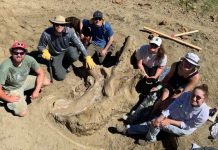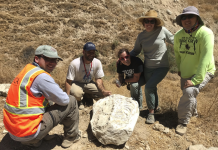Well that’s a big deal! A bus-sized dinosaur has been found by paleontologists in Egypt and it offers a clue to an ancient mystery. The dino, Mansourasaurus shahinae, was the length of a school bus and about as heavy as an elephant, weighting in at around five tons. That makes it a part of a group of dinosaurs known as the Titanosauria, which includes the largest land animals known to science.
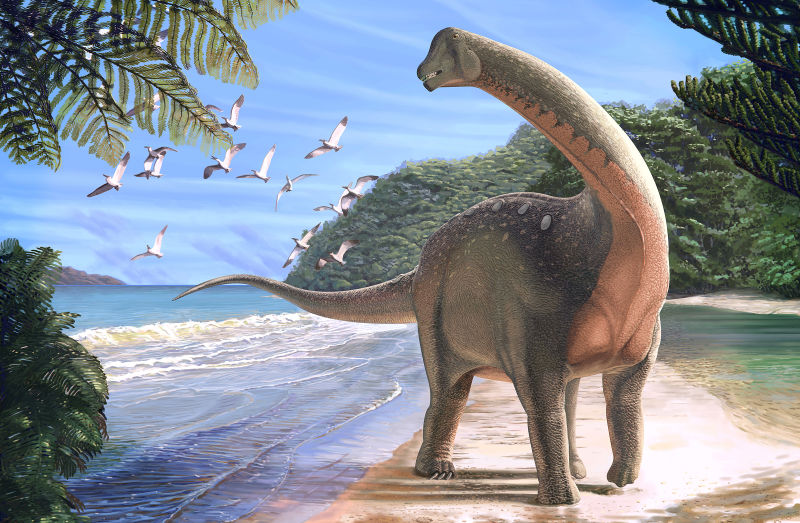
But something is even more remarkable
This species was found in Egypt. For more than 250 years, most dinosaur bones have been found in Europe, North America and Asia. Scientists haven’t had much luck digging up and documenting fossils in Africa. And that means the course of dinosaur evolution there isn’t well understood.
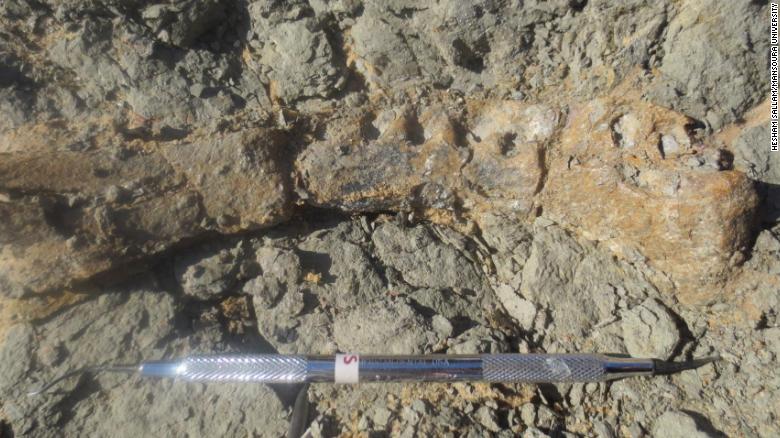
And what does it mean?
At one point, the continents of the world were all connected as one supercontinent called Pangaea. During the Cretaceous Period, the continents began splitting apart, eventually ending in the configuration we see today. Temporary land bridges connected them.
What scientists want to know is: when this happened, how cut off were the animals in Africa, and how were they evolving in their own tracks?
The Mansourasaurus sheds some light
The fossilized remains were discovered in the Sahara by an expedition led by Hesham Sallam of the geology department at Egypt’s Mansoura University. The Mansourasaurus had a long neck, ate plants and had bony plates in its skin.
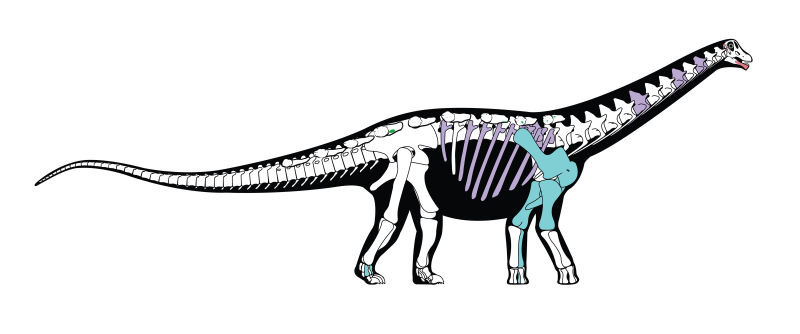
What Sallam’s team determined is that the Mansourasaurus is closely related to the dinosaurs found in Europe and Asia rather than those in South America or even parts of southern Africa.
This mean that at least some dinos could move between Africa and Europe. Africa’s last dinosaurs weren’t completely isolated, contrary to what some have proposed in the past. There were still connections to Europe.
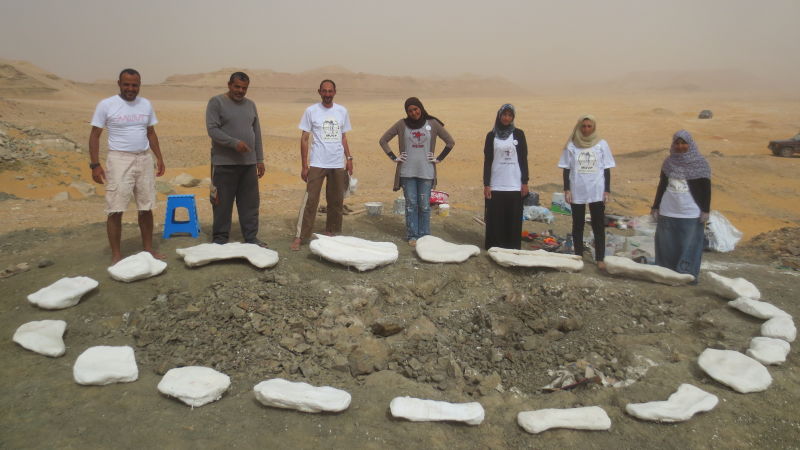
The new dinosaur Mansourasaurus shows that there are still many surprises left to discover in human’s quest to understand Earth’s history and how that history shaped our modern world.









